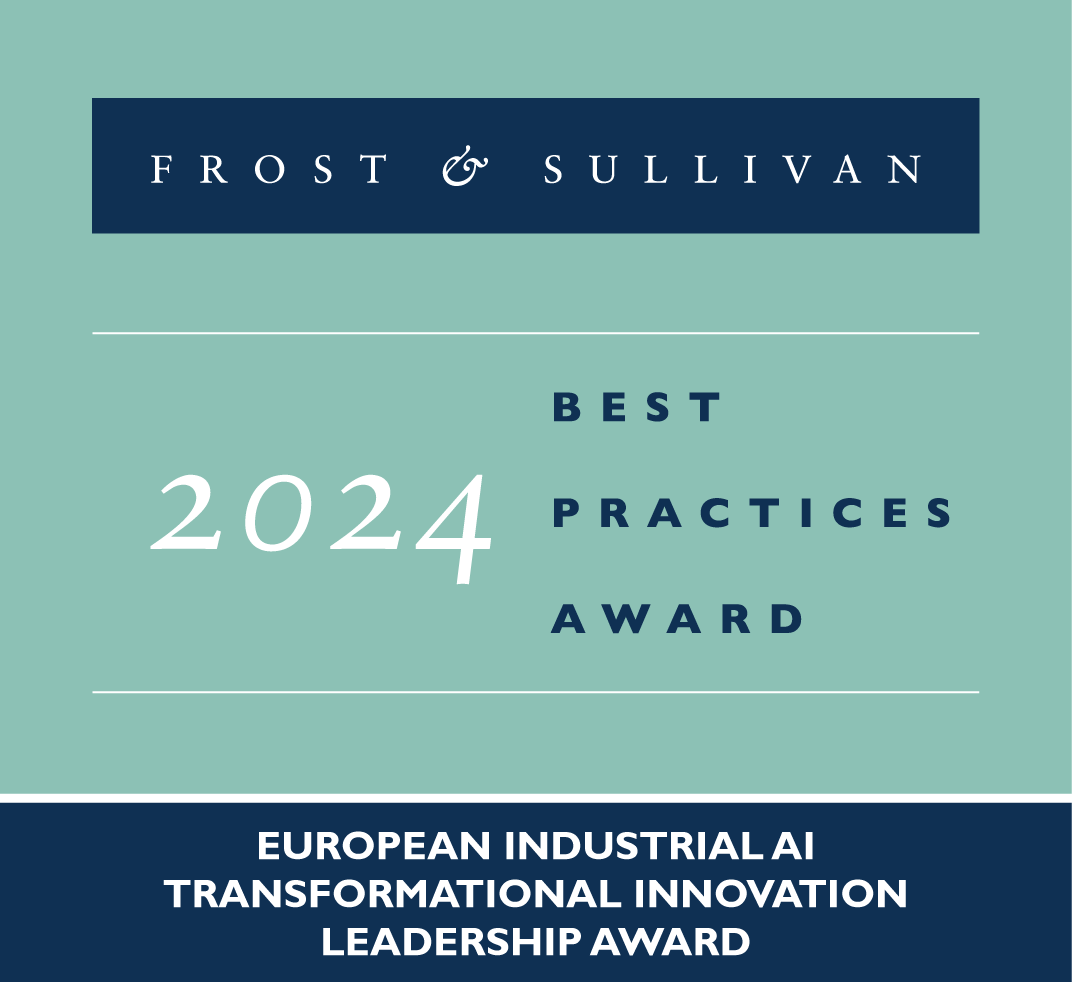Artificial intelligence (AI) is spurring an evolution across industries and job functions driven by advancements in machine learning (ML), deep learning, generative AI (GenAI), natural language processing (NLP), and computer vision. As a result, enterprises are accelerating AI implementation in various application areas, such as knowledge management, content creation, business process automation, and customer service applications. Further, fast-evolving regulatory frameworks are enabling better intellectual property management, higher algorithm transparency, and technology democratization, which in-turn is boosting responsible AI ecosystems. Now, businesses feel the urgency to adhere to changing regulatory and governance frameworks while operationalizing AI.
Moreover, achieving success in AI requires more than just implementing advanced technologies. Frost & Sullivan finds that that while 89% of enterprises recognize AI and ML as crucial for achieving their business objectives. A pivotal question this gap raises is – Which critical success factors will enable companies to fully leverage the potential of AI and maximize AI maturity?
- Establishing a Comprehensive, Enterprise-Wide AI Strategy: Successful AI initiatives focus on more than just the technology behind AI. Identifying operational challenges, securing leadership buy-ins, setting AI objectives, and aligning these with technical capabilities, expected outcomes, and business goals. Concurrently breaking down silos between IT and data management, to harness the power of advanced algorithms and accelerated computing.
- Assessing and Maximizing Data Readiness: The effectiveness of AI and ML is fundamentally tied to the quality of data available within an organization. Consequently, well-integrated, clean, and standardized data warehousing is crucial for these technologies to achieve targeted business outcomes. This necessitates end-to-end data life cycle management and integration across distributed IT architectures.
- Decentralizing Infrastructure: Robust AI implementation demands scalable and powerful infrastructure that is purpose-built to support evolving workloads. Hybrid cloud environments provide unmatched flexibility to scale AI through a dual approach, e., for training models on the cloud/centralized colocation facilities, and for inferencing in edge environments.
- Keeping Pace with Evolving Regulatory Standards: Factors like data privacy, security, algorithmic bias, accountability, and transparency are crucial for ensuring the responsible and equitable use of AI technologies. Hence, developing and enforcing the right guardrails that adhere to regional regulations, while leveraging explainable AI, risk-based tiering, and red-teaming tests is essential for effective risk mitigation.
- Capitalizing on Strategic Partnerships: AI involves multiple steps – from application deployment/maintenance, data migration, and analytics to technology integration, compliance monitoring, infrastructure management, and security. This implies that without the right collaborative partnerships and interdisciplinary teamwork, organizations lack the expertise and resources needed to ensure AI success.
How will you equip your teams to navigate internal and external growth challenges while future proofing your organization’s AI strategy?
Revealed: Strategies to Implement Best Practices in AI
With access to AI becoming more democratized, organizations feel the pressure to adopt best practices that ensure long-term business success. This positions managed service providers, AI/ML platform developers, system integrators, data engineering vendors, and AI security platform providers as crucial ecosystem partners that help companies move their AI journeys from the proof-of-concept stage to full-scale, enterprise-wide AI deployment. Now, the following best practices empower businesses to make the most of decentralized AI infrastructure, responsible AI ecosystems, and regulatory change:
- Developing Guardrails for AI Platforms: The threat landscape is constantly evolving as AI models become more sophisticated and accessible. By prioritizing proactive trust and safety measures, enterprises can harness the power of AI while safeguarding their users and building a secure and ethical future.
Best Practices in Trust and Safety
ActiveFence provides a ‘Trust & Safety’ solution for AI platforms to support companies with a comprehensive safety management platform, implement advanced content filtering, red teaming, and adversarial dataset analysis, thereby providing cutting-edge threat intelligence. - Capitalizing on Machine Learning Operations (MLOps): MLOps streamline ML model deployment, integration, training, maintenance, data extraction, and monitoring, thereby ensuring that AI models perform well within established thresholds. Thus, MLOps empowers end-to-end model governance and lifecycle management.
Best Practices in MLOps
Katonic.ai’s MLOps platform streamlines ML model development and deployment through team collaboration, tool integration, and process automation. Built on Kubernetes, it ensures scalability across clouds and on-premises environments, supporting multi-cloud strategies for elastic data science workloads. - Harnessing Industry Vertical Solutions: Verticalized AI solutions and tailored go-to-market strategies empower technology vendors to target specific sectors, address unique customer needs, differentiate themselves, and drive accelerated growth by leveraging extensive industry/functional knowledge.
Best Practices in Verticalized AI
Quantiphi delivers industry-specific AI solutions, innovating with engineering accelerators like data management, enterprise ML, and reusable tech. Known for breakthroughs in computer vision, conversational AI, and more, it enhances customer value through continual innovation and strategic partnerships.
Do you have the analytical tools to identify and implement the right strategic partnerships and best practices in AI?
To read on about emerging megatrends and growth opportunities in AI, click here.
To know more about global AI maturity, click here.
About Frost & Sullivan
Frost & Sullivan, the growth pipeline company, enables clients to accelerate growth and achieve best-in-class industry positioning in terms of innovation and leadership. The company’s ‘Growth Pipeline-as-a-Service’ provides corporate management teams with transformational strategies and best-practice models that catalyze growth opportunity generation, evaluation, and implementation. Let us coach you on your transformational journey, while we actively support you in fostering collaborative initiatives within the global AI and Data Analytics ecosystem. This journey is fueled by four powerful components, ensuring your success in navigating dynamic business and industry landscapes.
- Schedule a Growth Dialog with our team to dive deeper into transformational strategies and explore specific needs within your company.
- Become a Frost Growth Expert in your area of specialization and share your expertise and passion with the community through our think tanks.
- Join Frost & Sullivan’s Growth Council and become an integral member of a dynamic community focused on identifying growth opportunities and addressing critical challenges that influence industries.
- Designate your company as a Companies to Action to maximize your exposure to investors, new M&A opportunities, and other growth prospects.




